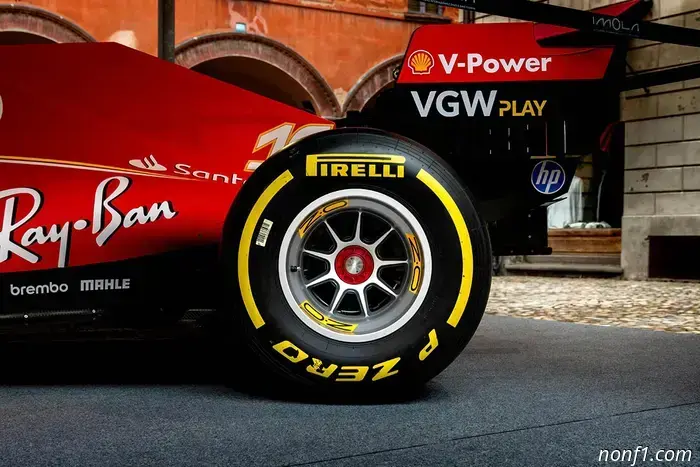
An Inside Look at F1's 2025 Sponsorship Strategies: The Bold Moves by McLaren, Ferrari, and Red Bull
F1's top teams have revamped their sponsorship lineups for 2025. McLaren and Ferrari are reinforcing their established partnerships, while Red Bull is in the spotlight for changing its crypto sponsorships. With the crypto market thriving and digital payments becoming more popular in entertainment and gaming, these agreements signify more than just branding; they indicate the sport's future direction.
Let’s examine this in detail.
Mercedes-AMG Petronas: advanced technology and precision
Mercedes is continuously refining its branding strategy. They have parted ways with Puma and Tommy Hilfiger, welcoming Adidas and new partners like Signify (smart lighting) and Mous (protective tech accessories). Their sponsors reflect the brand's core values: discipline, engineering, and a focus on technology. Key partners like Petronas, Ineos, and cybersecurity firm Crowdstrike anchor their sponsorship portfolio, providing not just financial backing but also a technological advantage. The new partners align well with the team's commitment to innovation and precision.
Scuderia Ferrari: blending tradition with technology
Ferrari is known for its thoughtful approach to partnerships. Therefore, when they make changes, it is significant. This year, they have let go of Santander and Harman Automotive, bringing in tech giants HP and IBM, known for their enterprise innovation. Along with UniCredit and Chivas Regal, Ferrari appears to be curating a blend of luxury and logic: high-end lifestyle intertwined with cutting-edge computing. Legacy sponsors like Shell, Ray-Ban, and AWS continue to support the Scuderia brand. Ferrari’s strategy is not about being flashy; it’s methodical, rooted in tradition, while still looking to the future.
McLaren: focusing on the long-term (including LEGO)
McLaren has always been strategic in its branding. As Coca-Cola and Darktrace exit, Mastercard and Goldman Sachs join, bringing substantial financial strength. Tech companies Okta and Alteryx add to this foundation. The surprising addition? LEGO. This partnership notably extends McLaren’s reach to various generations, from younger fans to nostalgic adults. Alongside consistent sponsors like Dell, Google Chrome, and BAT with their “A Better Tomorrow” initiative, McLaren has a diverse lineup appealing across industries, demographics, and ages. It’s a robust brand strategy.
Red Bull Racing: emphasizing digital finance
Red Bull, still a top contender despite challenges like their second-driver dilemma, is refreshing its sponsor roster, focusing on fintech and crypto. Replacing BYBIT and Cash App are Gate.io and AvaTrade—key players in the crypto and online trading sectors. Just a few years ago, crypto sponsorship would have been unthinkable, but now, as many businesses accept them as payment, they are becoming appealing to major F1 teams. This shift indicates Red Bull's focus on a tech-savvy audience that values risk, data, and global connection. Long-standing partners like Oracle (cloud services), Tag Heuer (luxury watches), and Mobil 1 (fuels and lubricants) remain, striking a balance between innovation and tradition. It's an intelligent mix of performance-oriented partners and a reminder that Red Bull markets carefully while engaging in world-class racing.
Alpine: taking risks
Alpine is making bold moves in 2025. With BP and Castrol stepping away, they’ve curated a mix including Eni (energy), MSC Cruises (travel), and three from the gaming and crypto sectors: ApeCoin (NFT token), Modo Casino, and The Venetian Resort. This strategy is intentional, positioning Alpine at the crossroads of emerging markets and experiential industries. It signals their willingness to explore new, riskier territory to stand out in a competitive environment. Returning partners like BWT and Binance further strengthen this modern, entertainment-focused image.
More than just finances
Every partnership in F1 supports the operation of the sport, but it also drives innovation. These collaborations finance everything from wind tunnel testing to advanced simulation technologies. In exchange, brands gain global visibility and association with peak performance, precision, and power. The 2025 lineup reveals much about F1's trajectory—becoming younger, more digital, and financially astute. While traditional sponsors remain, they are increasingly joined (and occasionally replaced) by bold newcomers who view F1 as a premier live-action platform. When the lights go out this season, it won’t just be cars vying for position; it will be global brands competing for attention in the world’s most intense marketing arena.


Other articles
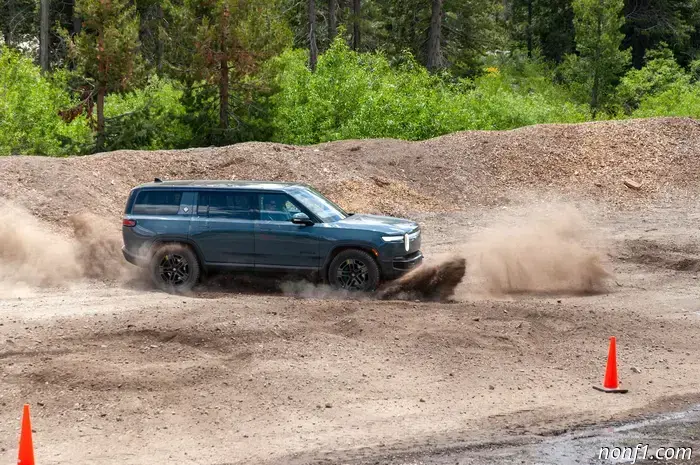 Rivian's Kick Turn Elevates the 360-Degree Tank Turn to a New Level of Practicality.
A tank turn is an impressive party trick for electric vehicles, but Rivian has enhanced this concept by enabling it to be performed while the truck is in motion.
Rivian's Kick Turn Elevates the 360-Degree Tank Turn to a New Level of Practicality.
A tank turn is an impressive party trick for electric vehicles, but Rivian has enhanced this concept by enabling it to be performed while the truck is in motion.
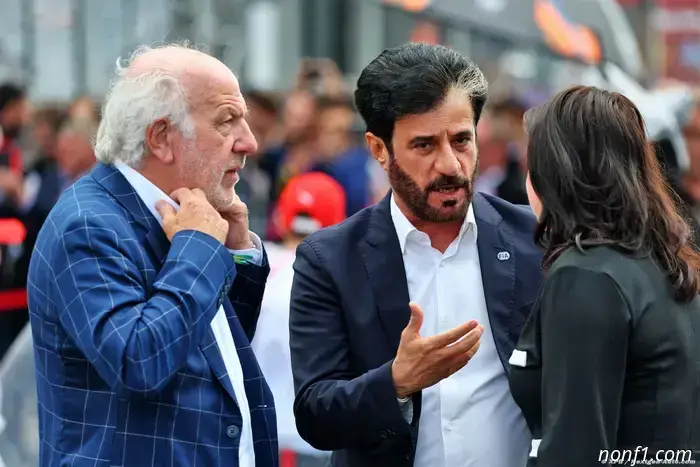 The FIA president persists in advocating for the return of V8 engines in F1.
Formula 1 | Mohammed Ben Sulayem has intensified his efforts to secure re-election as president of Formula 1's governing body. During the British GP weekend, which (...)
The FIA president persists in advocating for the return of V8 engines in F1.
Formula 1 | Mohammed Ben Sulayem has intensified his efforts to secure re-election as president of Formula 1's governing body. During the British GP weekend, which (...)
 In 2018, Wolff struck Raikkonen while defending Russell.
Toto Wolff recalled an intriguing story that took place at the FIA Gala ceremony in Saint Petersburg in 2018.
In 2018, Wolff struck Raikkonen while defending Russell.
Toto Wolff recalled an intriguing story that took place at the FIA Gala ceremony in Saint Petersburg in 2018.
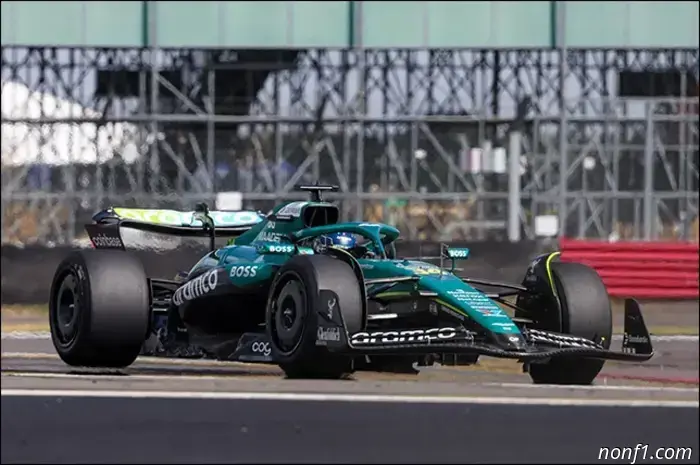 Pirelli held a test day at Silverstone.
Today, Pirelli began a two-day test of 2026 prototype tires at Silverstone with Aston Martin and Sauber.
Pirelli held a test day at Silverstone.
Today, Pirelli began a two-day test of 2026 prototype tires at Silverstone with Aston Martin and Sauber.
 Toto Wolff acknowledges having struck Kimi Raikkonen.
Formula 1 | Toto Wolff has candidly confessed to having hit a well-known former Formula 1 driver. Former world champion Kimi Raikkonen sparked much amusement at the (…)
Toto Wolff acknowledges having struck Kimi Raikkonen.
Formula 1 | Toto Wolff has candidly confessed to having hit a well-known former Formula 1 driver. Former world champion Kimi Raikkonen sparked much amusement at the (…)
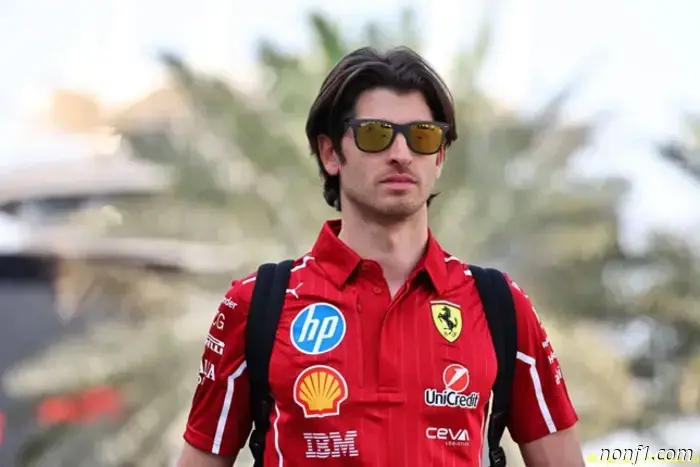 Ferrari extended Antonio Giovinazzi's contract.
Ferrari announced the extension of their multi-year contract with Antonio Giovinazzi.
Ferrari extended Antonio Giovinazzi's contract.
Ferrari announced the extension of their multi-year contract with Antonio Giovinazzi.
An Inside Look at F1's 2025 Sponsorship Strategies: The Bold Moves by McLaren, Ferrari, and Red Bull
Formula 1 | In 2025, the major teams in F1 have revamped their sponsorship lineups. McLaren and Ferrari are reinforcing their existing collaborations, while (…)
